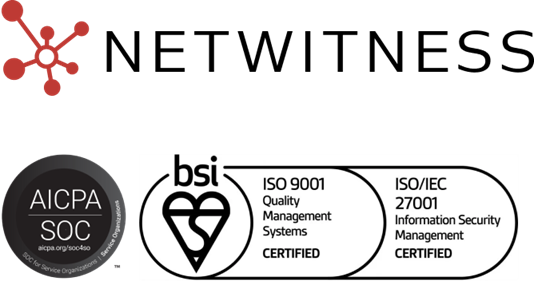What is Identity Threat Detection and Response?
Identity Threat Detection and Response (ITDR) is the practice of identifying, assessing, and mitigating risks associated with compromised user identities, privileged accounts, and identity infrastructure. In an era where identity has become the primary attack vector for cybercriminals, effective identity threat protection ensures the safety of critical systems, continuity of operations, and protection against sophisticated attacks.
Identity threat detection and response involves the proactive handling of risks arising from compromised identities and identity systems. These threats can include credential theft, privilege escalation, lateral movement, and account takeover attacks. By implementing identity threat detection and comprehensive identity threat protection strategies, organizations can anticipate threats and reduce their impact.
Proper ITDR aligns with broader cybersecurity frameworks, ensuring that identity vulnerabilities don’t become pathways for attackers to compromise business-critical systems and data.
Synonyms
- Identity Security
- Identity Fraud Detection
- Identity and Access Security
- Identity Monitoring
- Identity and Access Management (IAM)
- Threat Detection and Response (TDR)
Why Identity Threat Detection and Response Matters
Failing to manage identity threats can lead to complete system compromise, data breaches, ransomware attacks, and regulatory violations. Key reasons identity threat protection is critical include:
- Identity Threat Protection: Safeguarding user accounts and identity systems from cyber threats.
- Operational Security: Maintaining business operations by preventing identity-based attacks.
- Compliance Assurance: Meeting industry standards for identity and access management.
- Strategic Defense: Informed planning for protecting the new security perimeter—identity.
Effectively managing identity threats ensures organizations can operate confidently in digital environments without compromising security or exposing sensitive data.
How Identity Threat Detection and Response Works
Identity threat detection and response solutions typically follow a structured approach:
- Risk Identification: Recognizing potential identity threats across Active Directory, cloud environments, privileged accounts, and access management systems.
- Risk Assessment: Evaluating the probability and potential impact of identity compromise on organizational assets.
- Risk Mitigation: Implementing strategies to prevent or reduce threats, including multifactor authentication, privileged access management, and deception technologies.
- Continuous Monitoring: Leveraging identity threat detection solutions to track suspicious activities and behavioral anomalies in real time.
Best Practices for Managing Identity Threats
- Adopt a Risk-Based Approach: Prioritize identity vulnerabilities by severity and exploitability.
- Leverage Identity Threat Detection Solutions: Use specialized tools that monitor identity activities continuously and detect compromise indicators proactively.
- Address Social Identity Threat: Train employees to recognize social engineering, phishing, and manipulation tactics targeting their credentials.
- Integrate with Security Ecosystem: Combine ITDR with SIEM, XDR, and PAM solutions for comprehensive protection.
- Review Identity Posture Regularly: Adapt to emerging attack techniques and changes in identity infrastructure.
Related Terms & Synonyms
- Identity Threat Protection: Comprehensive strategies and tools to safeguard identity systems and user accounts.
- Identity Threat Detection: Continuous monitoring and analysis to identify compromised identities and suspicious activities.
- Social Identity Threat: Psychological manipulation tactics used to compromise identities through human exploitation.
- Identity Threat: Any malicious activity targeting user credentials, accounts, or identity infrastructure.
- Identity Threat Detection and Response Solutions: Specialized security platforms designed to protect against identity-based attacks.
- Threat Detection and Response (TDR): TDR refers to a set of processes and technologies that monitor indicators of compromise or malicious activity
People Also Ask
1. What is identity threat protection?
Identity threat protection involves proactive monitoring and mitigation strategies to protect user identities, privileged accounts, and identity infrastructure from compromise, misuse, and exploitation.
2. What is identity threat?
An identity threat refers to any malicious activity that targets user credentials, accounts, or identity systems to gain unauthorized access to organizational resources and data.




